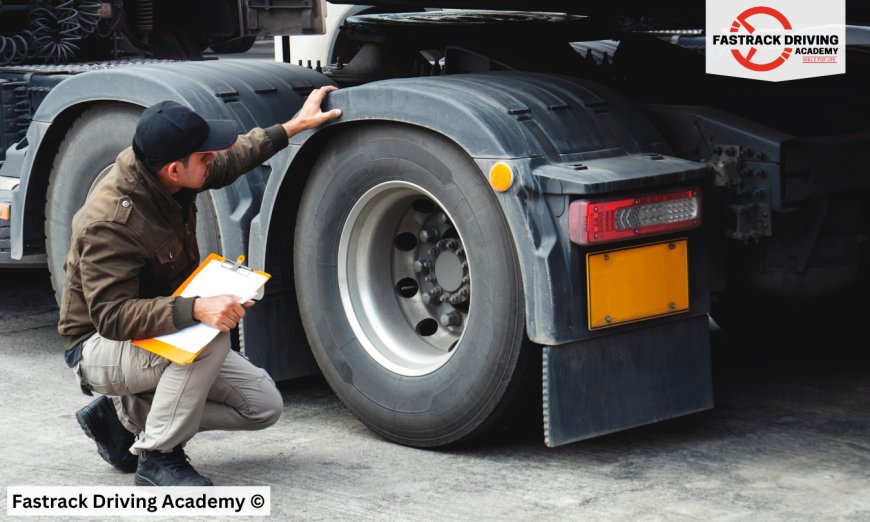Understanding Freight: A Driver’s Guide to Cargo Types and Regulations
Discover the types of cargo in freight transportation and key regulations for drivers, including HOS rules, load securement, and HAZMAT compliance. Stay informed!

Freight transportation is the backbone of global trade, ensuring goods move efficiently from one location to another. For drivers, understanding the types of cargo and the regulations governing their transportation is essential for safety, compliance, and efficiency. Here's a comprehensive guide to help drivers navigate this vital industry.
Cargo Types: What You May Be Hauling
Freight can vary widely in size, weight, and nature. Here are the primary cargo categories:
1. Dry Van Freight
Dry vans carry non-perishable goods in enclosed trailers. Common examples include electronics, clothing, and packaged food. These loads are straightforward, requiring minimal handling and special equipment.
2. Refrigerated Cargo (Reefer)
This type of freight requires temperature-controlled trailers to transport perishable items like fresh produce, dairy, and pharmaceuticals. Maintaining the correct temperature throughout the journey is crucial for these loads.
3. Flatbed Freight
Flatbed trailers are used for oversized or irregularly shaped cargo, such as machinery, construction materials, and vehicles. Drivers must secure these loads with straps, chains, and tarps to ensure safety.
4. Hazardous Materials (HAZMAT)
HAZMAT includes chemicals, flammable liquids, and toxic substances. Transporting this type of cargo requires specialized training, certifications, and strict adherence to safety protocols.
5. Oversized and Heavy Haul Loads
These loads exceed standard size or weight limits and often require special permits. Examples include wind turbine parts, industrial equipment, and large structures.
Key Regulations Every Driver Must Know
Compliance with freight regulations ensures road safety and avoids legal penalties. Here are the key areas to focus on:
1. Hours of Service (HOS) Regulations
The Federal Motor Carrier Safety Administration (FMCSA) enforces HOS rules to prevent driver fatigue. Ensure you’re aware of maximum driving hours and mandatory rest breaks.
2. Load Securement
Properly securing cargo is critical to preventing accidents. The FMCSA provides specific guidelines for securing different cargo types, including using tie-downs, edge protectors, and adequate bracing.
3. Weight Limits and Permits
Each state or province has weight limit restrictions for highways and bridges. Drivers must know the legal weight of their load and obtain permits for oversized or overweight cargo.
4. Hazardous Materials Regulations
Transporting HAZMAT requires compliance with Department of Transportation (DOT) guidelines, proper labeling, and the use of placards to indicate the type of material being hauled.
5. Documentation and Inspections
Always have the necessary paperwork, such as bills of lading, permits, and inspection reports. Be prepared for weigh station checks and roadside inspections.
Best Practices for Drivers
- Know Your Cargo: Understand the specific requirements of the freight you’re hauling, including any special handling or storage needs.
- Inspect Your Vehicle: Perform pre-trip and post-trip inspections to ensure your truck and trailer are in optimal condition.
- Stay Educated: Regularly update your knowledge of industry regulations and standards to stay compliant.
- Communicate Effectively: Maintain clear communication with dispatchers, shippers, and receivers for smooth operations.
Conclusion
Freight transportation is a complex yet rewarding profession that demands a solid understanding of cargo types and regulations. By staying informed and adhering to best practices, drivers can ensure safe and efficient delivery, paving the way for successful careers on the road.
Stay compliant, stay safe, and keep trucking!
What's Your Reaction?
































